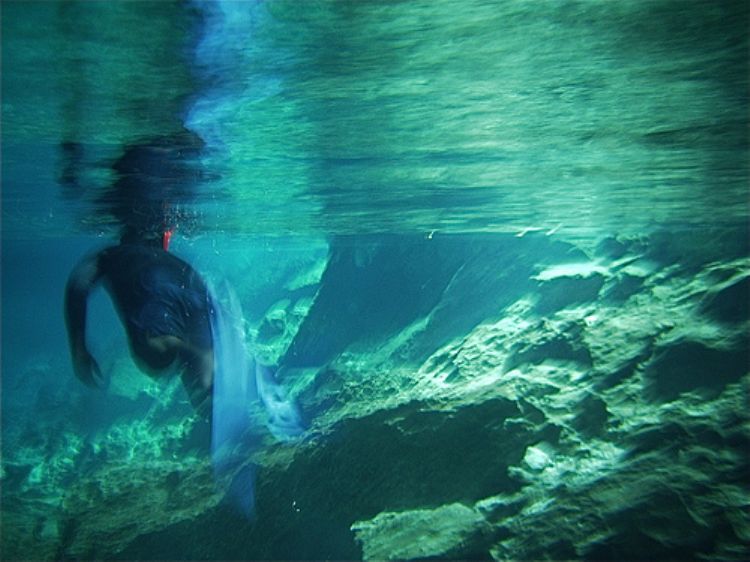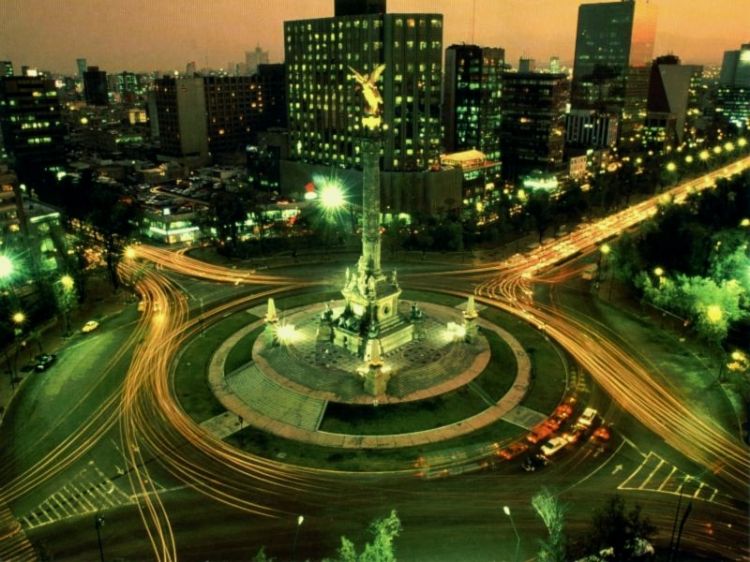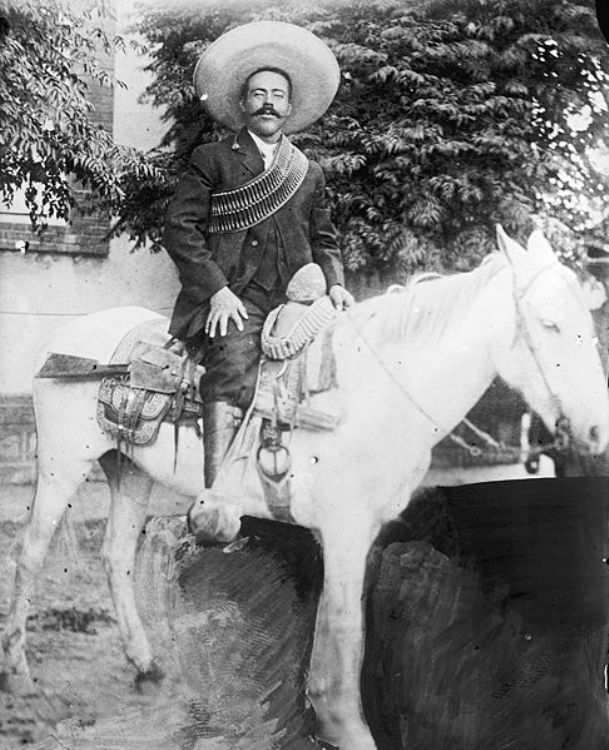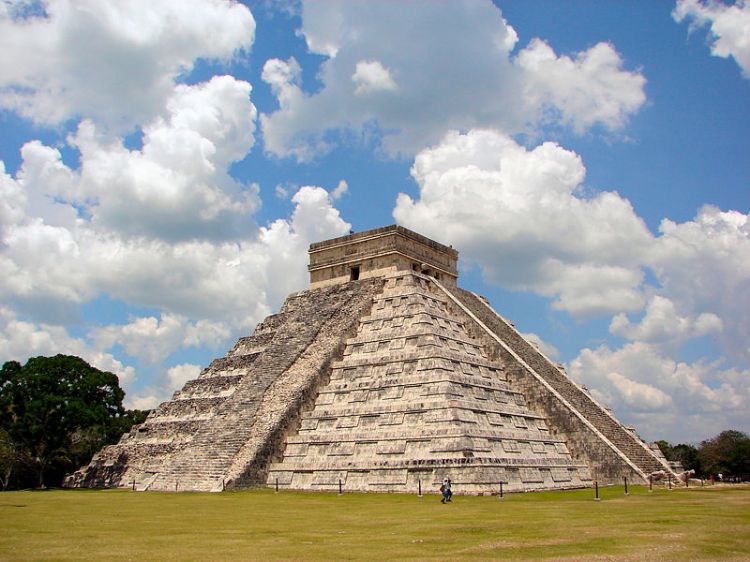Cenotes in Mexico

The term cenote comes from the Maya word âÂÂdzonotâÂÂ, meaning abyss or hole in the ground and designates a natural well formed in permeable limestone terrain, particularly susceptible to the process followed by water to dissolve rock. Limestone prompts the formation of enormous subterranean cavities with collapsing ceilings, uncovering vast pools. The water level contained within the cenotes varies from only a few inches to hundreds of feet. These are deep wells full of fresh water. There are small cenotes with water at ground level and others very large with a great distance between the surface and water level. Some cenotes are connected to beautiful subterranean lagoons.
The peninsula of Yucatan was formed from a limestone plaque that emerged from the sea, during thousands of years rain eroded the immense rock and water filtered underground, where it formed rivers that continue eroding the deepest layers. Due to the nature of its formation, the main cenotes are found along the Maya Riviera and in the Yucatan peninsula. Among the cenotes of the Yucatan peninsula there are three types: open pools, semi-open covered by a partial vault and other subterranean in the form of caverns. There are many cenotes but only a few can be accessed.
The most important cenotes of Mexico are Dos Ojos in Quintana Roo, Sacred Cenote in Chichén Itzá, Xtacunbilxunan in Campeche and Zacatón in Tamaulipas.
Water supply in Yucatan has always been a problem due to the limestone geologic constitution of the peninsula, causing water to filter into deep strata instead of remaining on the surface. Because of this, ancient Mayas of Yucatan used the cenotes as a main water source and as scenarios of rain, life, death, rebirth and fertility rituals, they were cult sites considered the residence of water gods, the place of communion with the other world. Governors exercised the practical and symbolic control of the cenotes to assure political and social control over the population. There is evidence of this in the abundant offerings found in the bottom of cenotes. One of the Maya cosmogonyâÂÂs mythical beings is a giant snake, called sukan, it in charge of protecting water supplies. Apparently, this idea is based on the existence of an eel that lives in water caves.
Cenote Dos Ojos is a cavern system to the north of Tulum, on the coast of the state of Quintana Roo. Its exploration began in 1986 and still continues. More than 25 entrances have been reported, each recognized as a cenote. It is one of the ten longest subterranean cavern systems in the world. This cenote starred in the IMAX movie of 2002 âÂÂJourney Into Amazing CavesâÂÂ.
Chichen Itzá is famous for its cenotes, the best known is Sacred Cenote, also known as Sacrifice or Chenkú Cenote, which had a ceremonial use among prehispanic dwellers. It measures 60 meters in diameter and 13.50 meters in depth. Many testimonies tell that Mayas sacrificed persons and offered objects to their gods by throwing them into this cenote.
The impressive Jaguar cenote is located in Quintana Roo. It is 30 meters deep and because it is so close to the sea, it contains salt water in the bottom. It was named as such because the vault represents a jaguarâÂÂs throat and two holes filtering light look like eyes.
There are also many cenotes located in the zone called âÂÂThe Cenotes Routeâ in Puerto Morelos and the Maya Riviera.
The cenotes of Tamaulipas are simply known as wells; in this region there are only a few cenotes and are located in the municipality of Aldama, these are Zacatón, Baños, Murciélagos, Poza Verde and Alameda. Their magnitude and depth greatly surpasses the cenotes of Yucatan. The most impressive is Zacatón, named as such because on its top floats a grass islet. This cenote is the deepest cavity in the world with an enormous opening of 116 meters in diameter and 335 meters in depth. Below its calm and apparently stalled water, there is a natural tunnel 180 meters long that connects to where the river begins. Sheck Exley, the North American cave diving pioneer with an experience of more than 4,000 cave dives, died in April 1994 while descending cenote Zacatón at a depth of 276 meters, for reasons unknown.
The extraordinary beauty and complex caverns of the cenotes are the ideal place to dive. Some divers have reported that the water of the cenotes is so crystalline, they easily confuse it with air, forgetting they are underwater. Only experienced divers, accompanied by certified cave diving guides, can explore these treasures.
Artículo Producido por el Equipo Editorial Explorando México.
Copyright Explorando México, Todos los Derechos Reservados.
Foto: Bettyx1138





.jpg)
